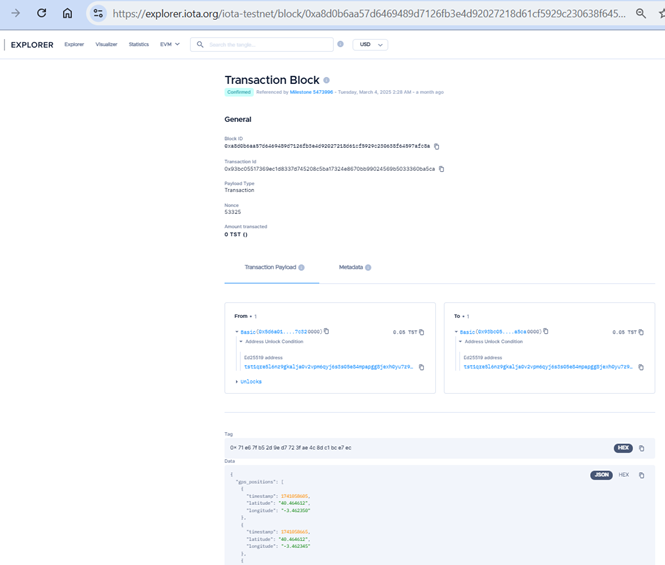
Increasing trust from IoT devices through feeless DLT
IOTA Enables Devices to Speak for Themselves—Securely and Transparently. Inside the context of the DIGEST project WP2, a significant contribution for increasing trust and transparency for data being delivered by different IoT devices has been made.
In the ever-growing web of connected machines, verifying the origin and integrity of information has become both a technical and ethical priority. From environmental sensors in smart cities to precision farming devices and autonomous vehicles, stakeholders need to know that the data driving decisions is real, untampered, and traceable. The IOTA protocol, specifically through its Tangle technology, provides a uniquely scalable and feeless structure that addresses this need head-on.
At the center of this evolution is the capability for IoT devices to issue their own DIDs—a foundational element of self-sovereign identity. These identifiers are cryptographically verifiable, globally resolvable, and, most importantly, not reliant on centralized authorities. Using this model, each device essentially becomes its own trusted source, signing its data with verifiable credentials and pushing it directly to the Tangle.
One such example is visible on IOTA’s testnet, where a block from device-generated data—see here—was immutably published, showcasing the potential of real-time, verifiable telemetry. The implications are vast: from tracking the condition of sensitive cargo to providing public access to air quality readings, this architecture allows anyone to validate where data came from and whether it has been altered. The payload data for the block includes relevant information, which can be encrypted or just shared as it is.
Perhaps most compelling is the way IOTA’s Tangle sidesteps common vulnerabilities associated with public access to data. Traditional systems often rely on centralized APIs and servers that become chokepoints—prone to bottlenecks, failures, and cyberattacks like Distributed Denial of Service (DDoS). IOTA, by contrast, relies on a directed acyclic graph structure where every transaction validates two others. This removes the need for miners and transaction fees, while distributing verification across the network. The more devices publish data, the more robust the system becomes.
This inherently decentralized design also acts as a defense mechanism. There is no single gateway to overwhelm, and there’s no incentive to spam the network, as every transaction requires proof of work. This ensures that stakeholders—whether governments, NGOs, or private enterprises—can publish open data without putting their backend services at risk.
Transparency does not have to come at the cost of security or availability. With IOTA’s DID framework for IoT, it becomes possible to build ecosystems where sensor data is not only shared openly but done so in a way that is resilient, verifiable, and censorship-resistant. As cities and industries embrace digital twins and data-driven automation, trust at the edge is no longer a luxury—it’s a necessity.
And thanks to innovations like IOTA’s Tangle, that trust is becoming native to the devices themselves.
Implementation from DIGEST enables mqtt subscribers directly and automatically publish data streams from IoT devices into the tangle, where the DID for the asset will be the “to” address while the DID from the sensor can be specified as well. Then each transaction includes a block, which has as payload the relevant data being distributed.
This approach unlocks traceability of information and just require a client side tool to browse relevant assets.
An example with more details can be found here.


